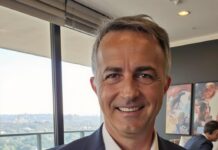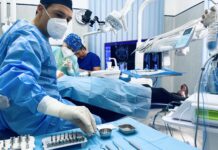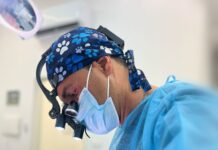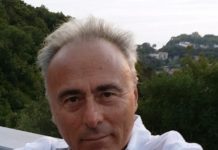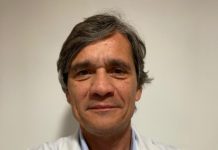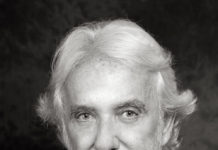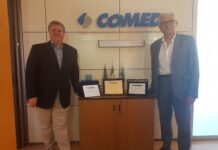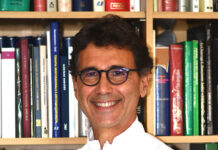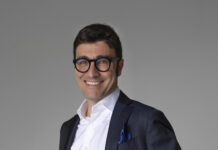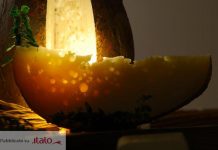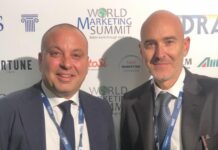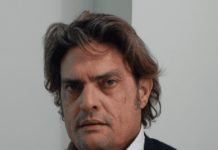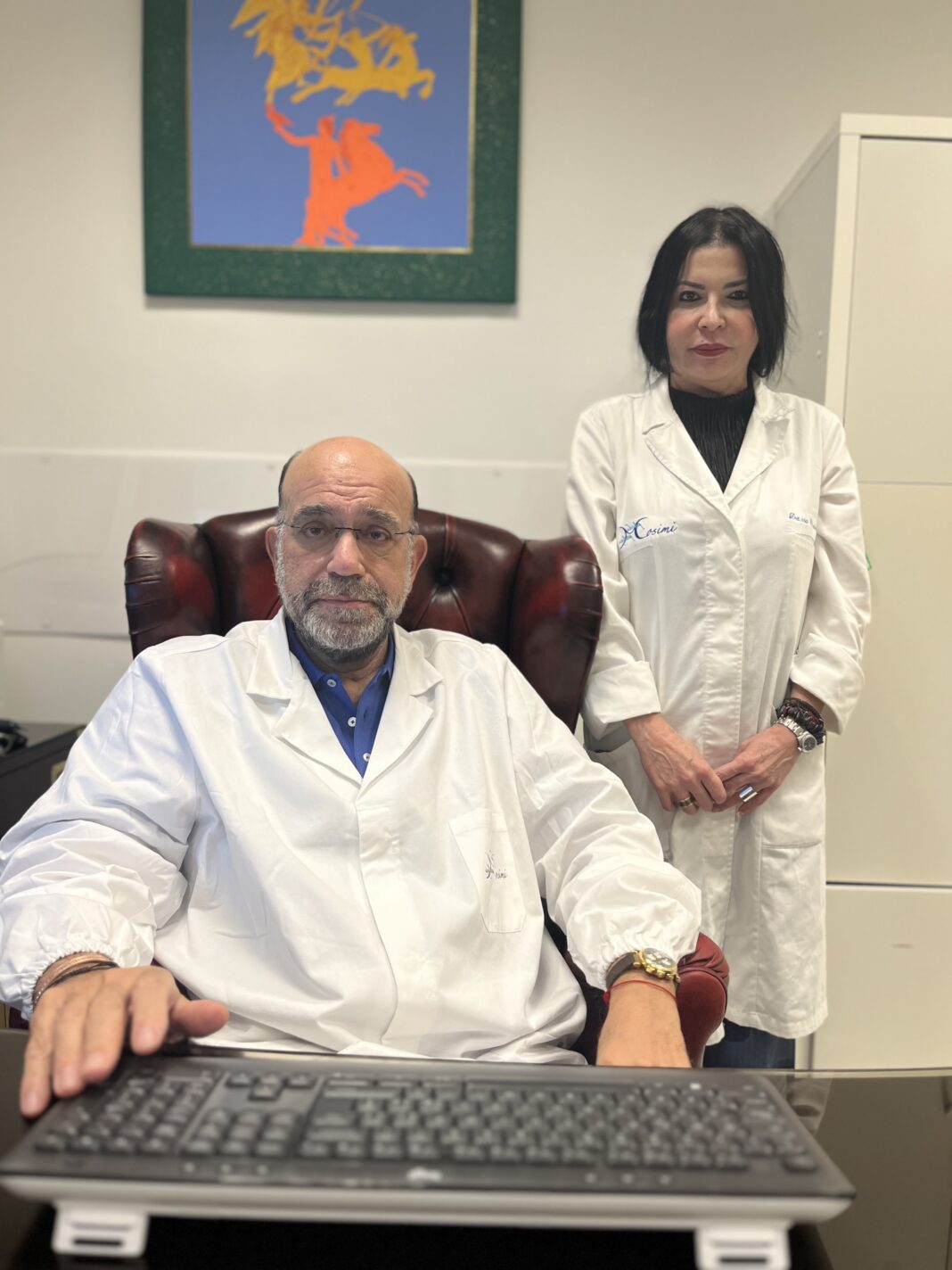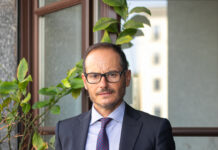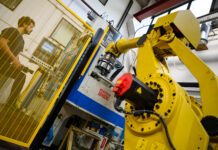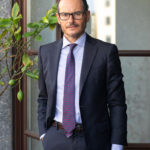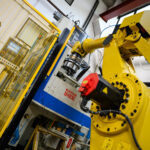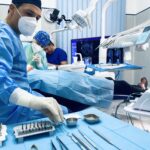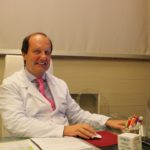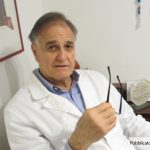The new therapeutic frontiers for the treatment of proctological disorders have finally become a reality, thanks to an innovative approach based on the use of PRP and its valuable cellular growth factors, which offer patients effective, minimally invasive, and painless therapeutic solutions. This represents one of the most advanced frontiers of regenerative proctology — an achievement that earned Dr. Marco Cosimi, a proctologic surgeon from Rome, the title of “Excellence of the Year 2025 in Proctology” in the Healthcare & Pharma category at the Le Fonti Awards, the prestigious prize dedicated to Italian excellence in healthcare, consulting, and enterprise. The fifteenth edition was held on March 13th at Palazzo Mezzanotte in Milan’s Piazza Affari. Dr. Cosimi graduated in Medicine and Surgery from La Sapienza University of Rome with top marks and later specialized in General Surgery. He has never stopped enriching his expertise, as demonstrated by his numerous specializations: in 1990 in General Surgery at the 3rd Surgical Clinic directed by Prof. Giorgio Di Matteo (La Sapienza, Rome); in 1995 he completed his specialization in Vascular Surgery at the school directed by Prof. Di Giovanni at Policlinico Gemelli in Rome; and in 2001 he obtained a specialization in Urology under Prof. Micali at the University of Rome Tor Vergata. This multidisciplinary medical-scientific background has allowed him to approach pelvic pathophysiology from the most innovative perspectives.
By Roberta Imbimbo
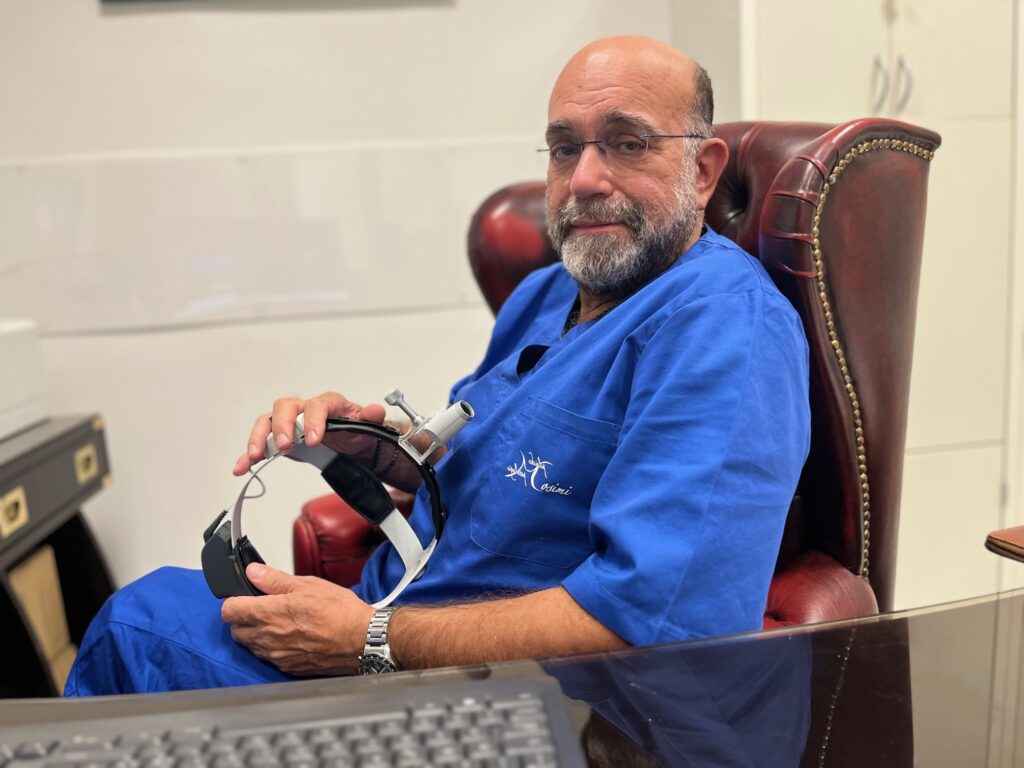
Dr. Cosimi, what are the current therapeutic indications for the use of PRP in proctology?
Regenerative therapy with PRP is now able to provide a definitive and painless therapeutic response in the treatment of major and troublesome proctological conditions such as anal fissures. Thanks to their anti-inflammatory and analgesic power, the valuable growth factors released by the patient’s platelets and white blood cells rapidly eliminate local inflammation while repairing the damaged tissue of the fissure, stimulating scar-free healing with biologically healthy cells, collagen, and elastin naturally produced by the patient — without the possible complications of surgery. The growth factors released from the patient’s autologous platelets, obtained through a simple 60 ml blood draw, will in the near future provide an effective outpatient therapeutic response to painful inflammatory conditions such as anal fissures (https://metodocosimi.it/fistole/). The reparative action of PRP is locally mediated by protein pseudo-hormones known as growth factors, released into the biological tissue of anal fissures and into the bloodstream, triggering a local biological, reparative, and anti-inflammatory response.
Does the outpatient procedure cause pain for the patient?
The blood collection procedure is simple and painless. A small 60 ml sample of the patient’s blood is drawn and immediately centrifuged in the clinic within minutes. Under local anesthesia, the anal fissure is injected quickly and completely painlessly. The technique is therefore minimally invasive, allowing the proctologist to resolve even the most extensive, deep, and painful chronic fissures in one or more sessions. In cases of anal fistulas, PRF can effectively close the fistula openings without scarring or postoperative pain. In fact, both PRP and PRF, by their very biological nature, have strong anti-inflammatory action. The procedure requires no hospitalization or day surgery, allowing patients to return to work quickly.
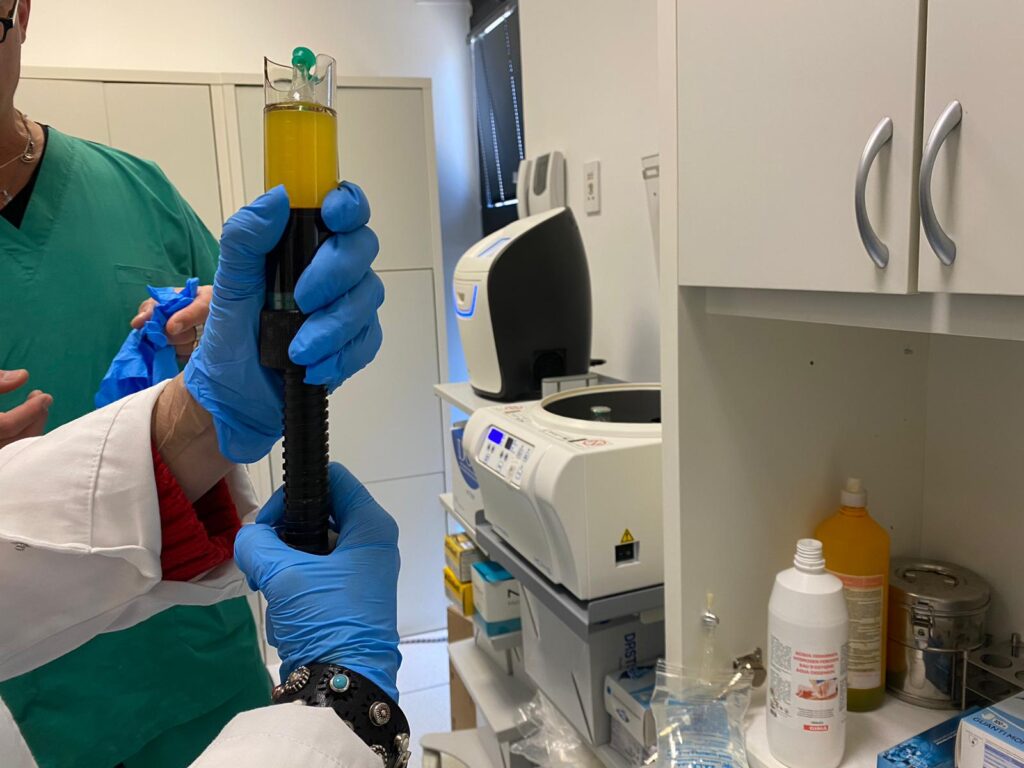
How do growth factors act once injected into the lesion?
Once injected into the lesion, growth factors rapidly begin to heal damaged tissues while reducing local inflammation. This makes the treatment particularly suitable for painful anorectal conditions such as anal fissures. Recent research has highlighted the importance of these growth factors — tiny proteins that act as “pseudo-hormones,” communicating with surrounding tissues. Growth factors produced by platelets and inflammatory cells can modulate local inflammation and pain while optimizing the cellular regeneration process. By combining the natural activity of these growth factors with additional thermo-photonic stimulation induced in platelet-rich plasma immediately after centrifugation — performed directly in the same clinic — regenerative proctology now has the potential to revolutionize treatment, increasing the PRP growth factor concentration more than threefold and enabling faster healing of selected proctological conditions through precise, effective, and non-invasive approaches.
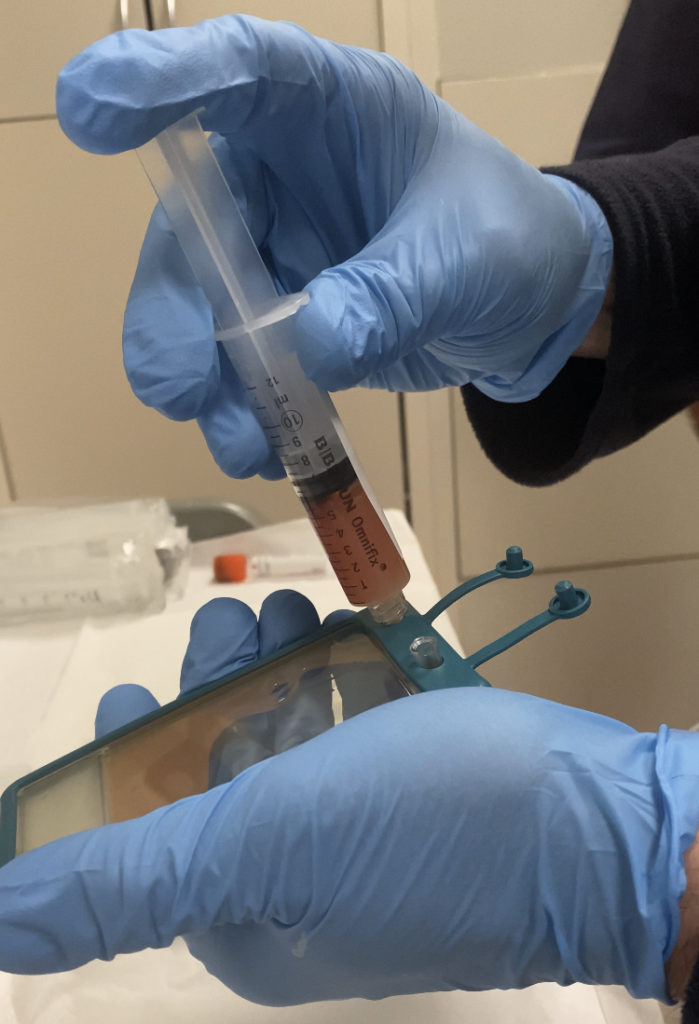
What is the future of Regenerative Proctology?
With the progress of medical and scientific research, these techniques have now become a true cornerstone of regenerative medicine and proctology, guaranteeing patients rapid results. Our own platelets, white blood cells, and the growth factors they produce offer a modern, painless outpatient treatment pathway for even complex and painful proctological disorders — without the need for invasive surgery and eliminating the risks associated with surgical complications. In conclusion, the regenerative approach using PRP and PRF represents a significant step forward for modern proctology. These effective, non-invasive treatments allow patients to resume their daily activities quickly while ensuring high therapeutic quality for those suffering from anal fissures, perianal and sacrococcygeal fistulas.
For more information: metodocosimi.it • youtube.com/@metodocosimi • info@metodocosimi.it


